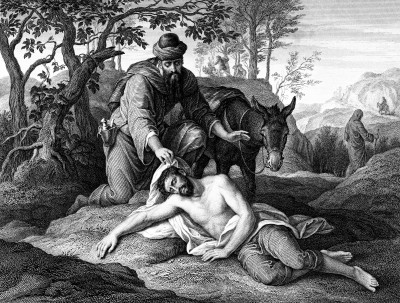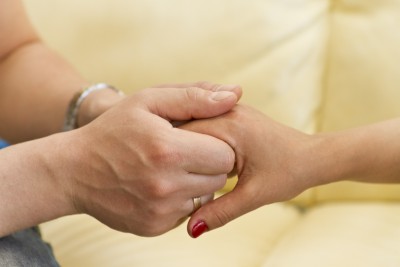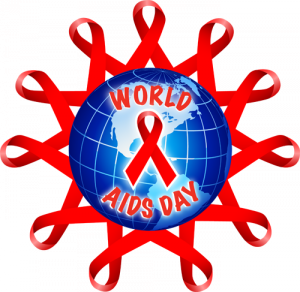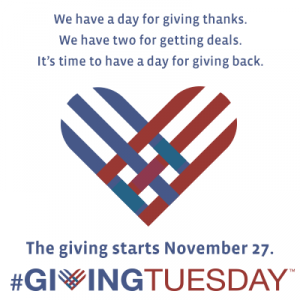Three-fourths of the Earth is covered by water, so why are millions dealing with clean water issues around the world?
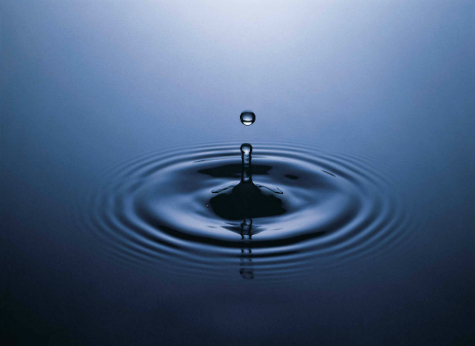
Today I worked with my 9 year old on his science homework. For an upcoming test, he has to identify the resources that living things share in an environment.
The sentence that struck me, reminding me of many Development policy discussions in grad school, was “Many living things may share an environment and its resources. If the environment has too little of any resource, the living things compete with one another to get what they need.” In other words, there’s conflict. Water was the first resource that I thought of.
Coincidentally, I had this post on my writing list and will be turning it into a broader teaching moment for my son. His science book looks at animals but I will generalize it for him, to illustrate what limited resources like clean water can do to people. Ironically, when I make this decision, a faucet in my kitchen drips quietly and consistently. Feeling guilty, I tighten the handle to stop the waste.
CLEAN WATER ACCESS ISSUES
800 million people worldwide do not have access to clean, safe water, while 2.5 billion don’t have the types of sanitary environments we enjoy. That’s a lot of people. This results in:
- 2,000 children dying every day from easily preventable diarrheal diseases because they don’t have safe or clean water.
- Thousands more children not being able to attend school.
- Millions of women unable to work because of the time it takes to collect water and care for sick children.
- Wasted human capital, which has a direct affect on economic growth, development, and sustainability.
WaterAid
Since 1981, WaterAid, has been transforming lives through its clean water, safe water programs in 27 countries throughout Africa, Asia, The Pacific, and Central America. The organization, through its offices in the U.S., UK, Australia, and Sweden, uses affordable and locally appropriate solutions to provide safe water, effective sanitation, and hygiene education to people in developing countries.
What To Do
As with any of these organizations, a donation goes a long way to furthering their efforts. And with WaterAid, 81% of donations goes to water programs. Something as small as a $25 gift could pay for one person in one of the world’s poorest countries to gain access to safe, clean water, and sanitation for life. You can also write to your local congressman/congresswoman to support the Paul Simon Water for the World Act. Wouldn’t it be great if our utility companies could be more altruistic and take a share of our bills and donate it for us? Hey, that’s an idea – what do you think?

